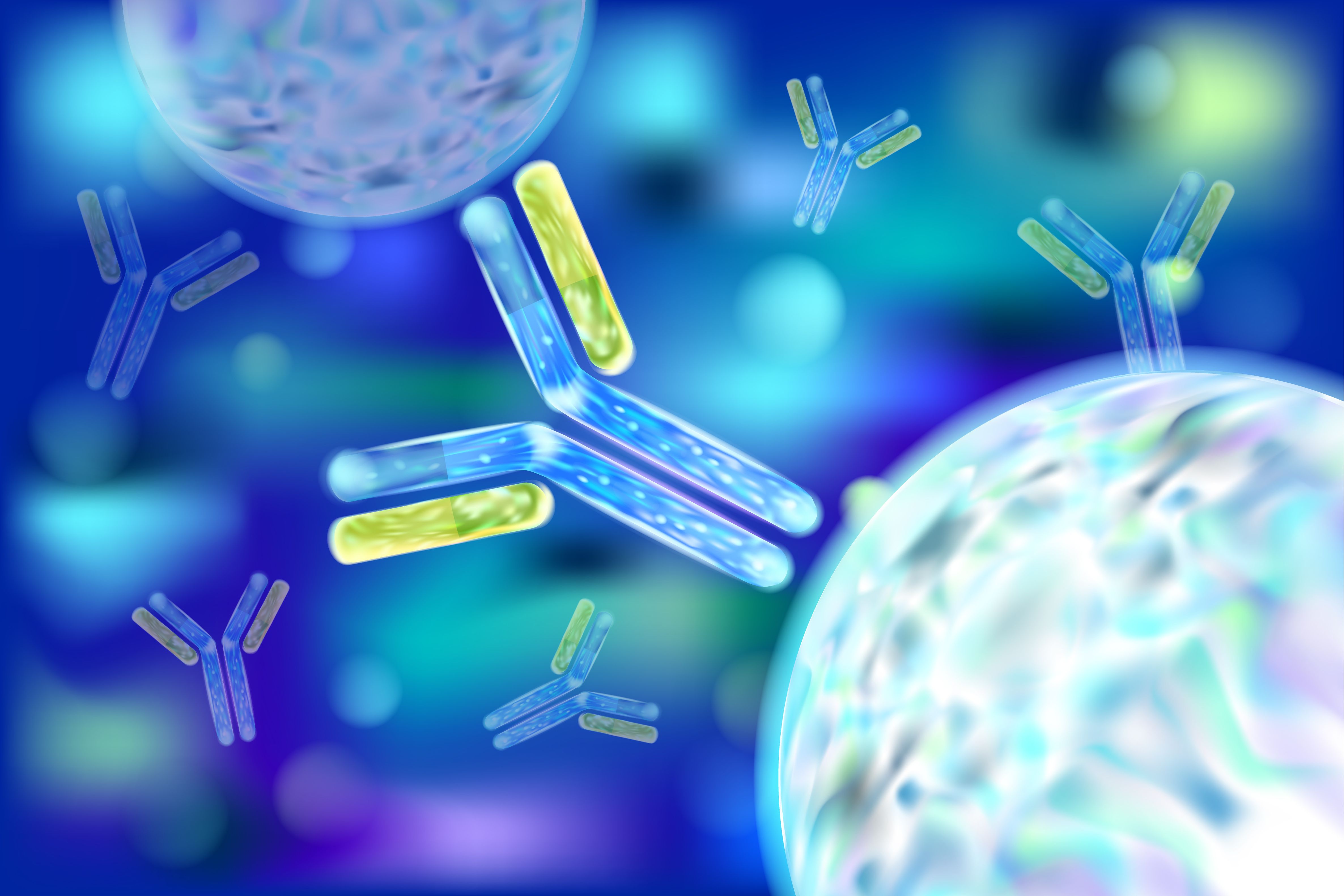Article
Multi-Step Gene Therapy Could Halt Brain Cancer
Author(s):
Gene therapy found to stop the progression of glioblastoma and high-grade glioma in mouse models.
In a recent study, researchers were able to stop aggressive, treatment resistant glioblastoma and high-grade glioma with a multi-step gene therapy.
Using this therapeutic approach, researchers halted tumor formation in high-grade gliomas called Olig2, according to a study published in Cancer Cell. The protein encoded by Olig2 is expressed in a majority of gliomas, but removing the gene stops tumor growth, while eliminating Olig2-producing cells stop the formation of tumors.
"We find that elimination of dividing Olig2-expressing cells blocks initiation and progression of glioma in animal models and further show that Olig2 is the molecular arbiter of genetic adaptability that makes high-grade gliomas aggressive and treatment resistant," said lead study author Qing Richard Lu, PhD. "By finding a way to inhibit Olig2 in tumor forming cells, we were able to change the tumor cells' makeup and sensitize them to targeted molecular treatment. This suggests a proof of principle for stratified therapy in distinct subtypes of malignant gliomas."
Researchers believe this could be used with high-grade brain gliomas and diffused intrinsic pontine glioma (DIPG), since these cancers can adapt by finding ways to evade treatment.
Investigators were able to discover a gap in the protection of these cancers that typically cause a relapse in patients.
In the study, analysis of human brain cancer cells and mouse models showed an expression of Olig2 in early-stage cells in tumors. Olig2 was also seen to drive molecular processes that allow the formation of glioma cells that are highly adaptable and susceptible to tumor-promoting effects of genetic changes.
Researchers then removed Olig2-positive dividing cells during tumor formation using an engineered herpes simplex virus to deliver a suicide gene that replaces Olig2-positive cancer cells, according to the study. Then, the anti-herpes drug ganciclovir was administered, and the tumors did not exhibit any growth.
Also, after Olig2 was inhibited, forming brain cancer cells went from cells resembling oligodendrocyte precursors to having astrocyte-like brain cell characteristics, according to the study. These cells formed tumors, but the astrocyte-like cancer cells produced high levels of the epidermal growth factor receptor (EGFR) gene.
Researchers used the EGFR-target chemotherapy gefitinib to stop the growth of tumor cells in mouse models. Additional testing, verification, and refinement could prevent relapse in patients who have had a successful initial round of treatment, according to the study. Furthermore, the researchers concluded that this new step therapy could likely be used with other treatments.
Additional research with human cell lines is being conducted in mouse models of high-grade glioma, which allows researchers to test different target drugs that may best match the genetic makeup of tumors from a specific person.






